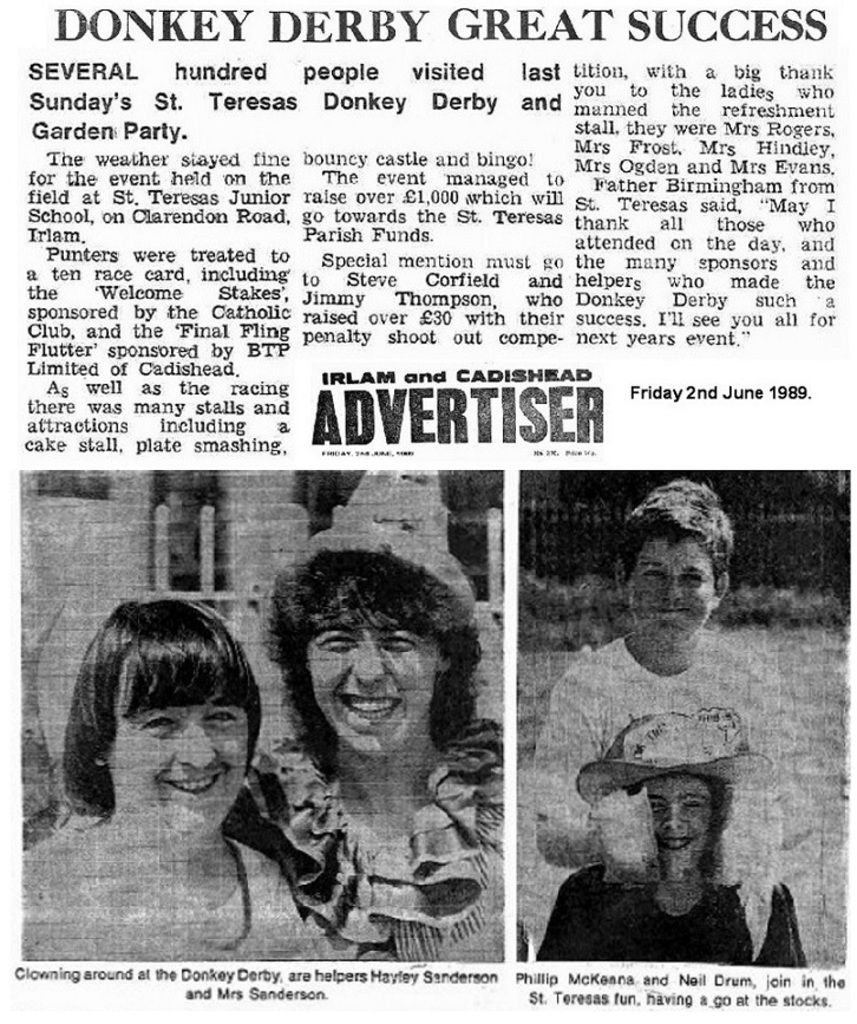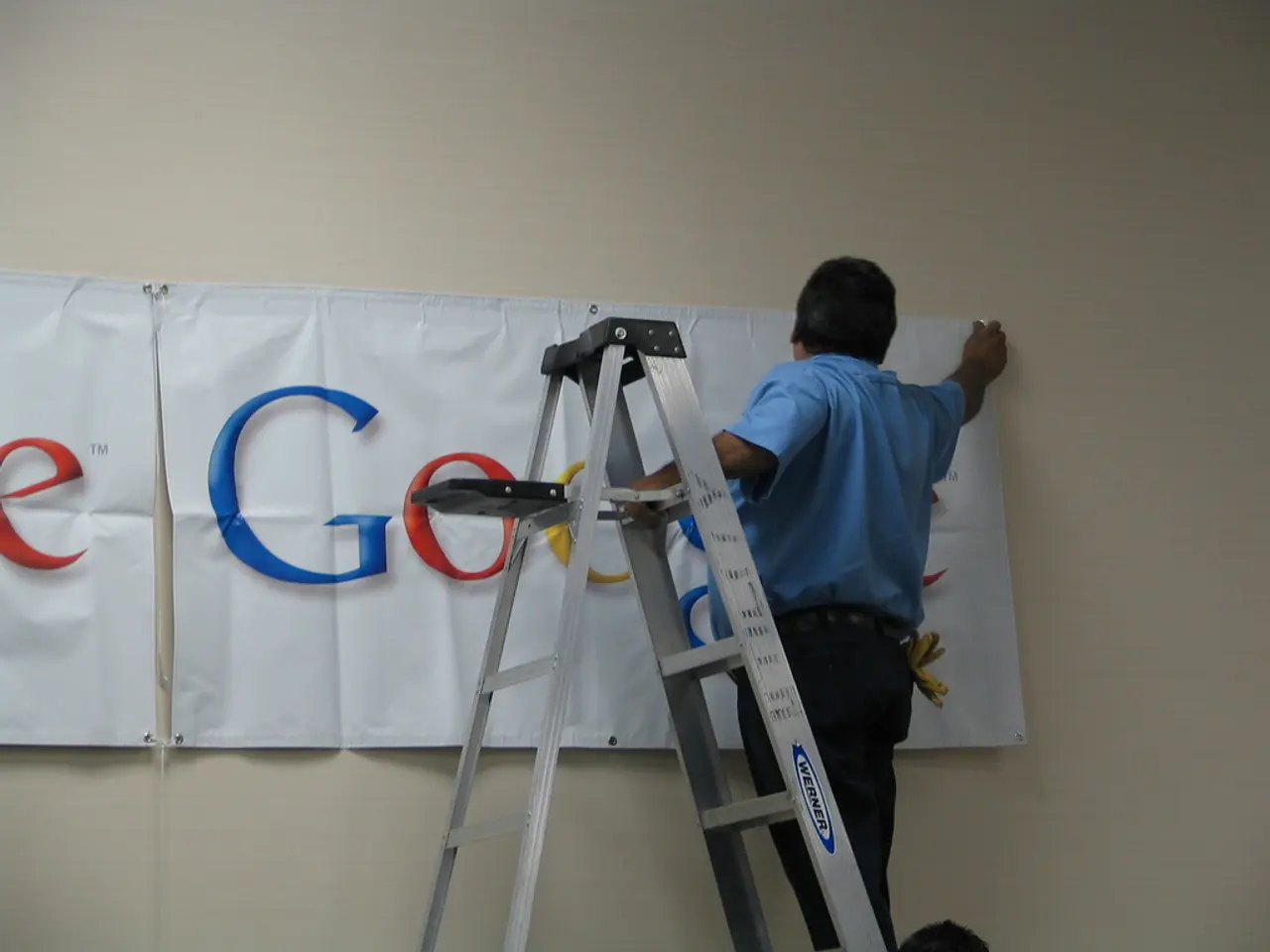Challenging the claimed Efficiency of Schwarzschild-Couder Telescope and Bird-Jones Construction Plans
Large Schmidt-Cassegrain Telescopes: The Misconception of Portability
While smaller catadioptric telescopes boast exceptional convenience and compactness, it's crucial not to overgeneralize these qualities in larger Schmidt-Cassegrain telescopes.
It appears that the supposed compactness of these larger catadioptric telescopes is greatly exaggerated. Besides, they are often restricted to a narrow field of view, particularly at larger apertures.
Despite my affection for my small 2.5-inch SarBlue Mak70 Maksutov Cassegrain due to its compactness compared to any comparable tabletop Dobsonian telescope setup, the reality is that a larger 8-inch Schmidt-Cassegrain is equally heavy and space-consuming as an 8-inch Dobsonian telescope with a solid tube, even if it may fit into a slightly smaller space.
Contemporary, innovative Dobsonian designs like Sky-Watcher's Heritage/Virtuoso GTi exhibit the same level of compactness as their 5- and 6-inch catadioptric counterparts, but at a cost significantly less than half as much.
At apertures exceeding 10 inches, any advantage in convenience, portability, or compactness that catadioptrics might have over Dobsonians becomes obsolete.
For instance, the Celestron C11 and the smallest mount suitable for it fill up a smaller vehicle, while my Explore Scientific 10-inch Hybrid Dobsonian-a truss tube Dobsonian- can fit in the passenger seat of my tiny roadster when dismantled, leaving space for a chair in the trunk. In contrast, the C11 is challenging to set up singlehandedly due to its size, while the 10-inch Hybrid can be manipulated as a single unit by one person unassisted.
The situation becomes even more absurd at larger sizes.
A 16-inch Schmidt-Cassegrain necessitates a permanent setup or even an observatory, given the sheer effort required to lift it onto its mount. In comparison, a commercial 16-inch Dobsonian can be set up and transported with relative ease by one person, while lightweight premium designs will still fit in a passenger seat. A premium 16-inch Dobsonian will cost less than even the most basic mount capable of supporting a 16-inch catadioptric.
Bird-Jones: The Value-Priced "Compact" Hobby Killer Design
It's unnecessary to state that many beginner telescopes have poor optics. However, a particular kind, the Bird-Jones, employs this flaw in an inventive manner.
Bird-Jones telescopes are Newtonian-reflecting telescopes featuring a spherical mirror and a "corrector lens" somewhere in the optical path that alters the light path within the telescope to focus as if the mirror were parabolic.
The corrector lens usually increases the focal length of the telescope by 50-100%, providing higher magnification with a given eyepiece than the mirror would without the corrector. However, commercially-manufactured Bird-Jones telescopes seldom implement the true Bird-Jones design.
I have observed that the primary mirror in these commercial telescopes is merely whatever shape came off the polishing machine, and the "corrector lens" is a piece of plastic inserted within the telescope's focuser draw tube/eyepiece holder. Accurate collimation of these telescopes is challenging, resulting in blurry images even if achievable. Moreover, they are not as sharp as a properly made telescope of the same aperture, with sharpness deteriorating rapidly towards the edges of the field of view.
For manufacturers seeking to maximize profit, the Bird-Jones design, or rather the lazy implementation of it, proves extremely beneficial. It allows them to disregard making a primary mirror of any decent optical quality, cramming it into a shorter, more affordable tube that is easier to transport overseas.
The longer focal length of these Bird-Jones telescopes simplifies the achievement of high (often excessively high) magnifications. The "compact" design of the tube is marketed as a desirable feature, similar to more expensive Cassegrain-type catadioptric telescopes. Nevertheless, Cassegrains and their derivatives are capable of producing crisp images.
The 114mm aperture x 1000mm focal length, 127mm x 1000mm, and 150mm x 1400mm Bird-Jones telescopes are consistently poor optically (and mechanically in most cases) and should be avoided at all costs. Avoid purchasing any "Newtonian" telescope with a tube that is significantly shorter than the focal length provided. If there is a substantial discrepancy, it is likely a Bird-Jones.
Considering the relevance of the Enrichment Data:
- Optically and mechanically, Bird-Jones telescopes are poor choices, and they should be avoided.
- While both Dobsonian and Schmidt-Cassegrain telescopes have their merits, Dobsonian telescopes tend to be more cost-effective and portable for deep-sky observation, especially in sizes larger than 10 inches. Schmidt-Cassegrains, conversely, may provide superior performance for precise tracking and planetary imaging.
- Beginners should be cautious about certain telescope designs, particularly the Bird-Jones, as they often have poor optics due to compromises made for portability.
- In the field of science and technology, optics play a crucial role in telescopes, and a telescope's performance can be negatively affected if the optics are not of high quality.
- Large Schmidt-Cassegrain telescopes may not be as compact as advertised, and at apertures exceeding 10 inches, Dobsonian telescopes tend to be more portable for deep-sky observation.
- Innovative Dobsonian designs offer impressive compactness and lower costs compared to catadioptric telescopes, even when it comes to high-end models used for sports such as competitive stargazing.








